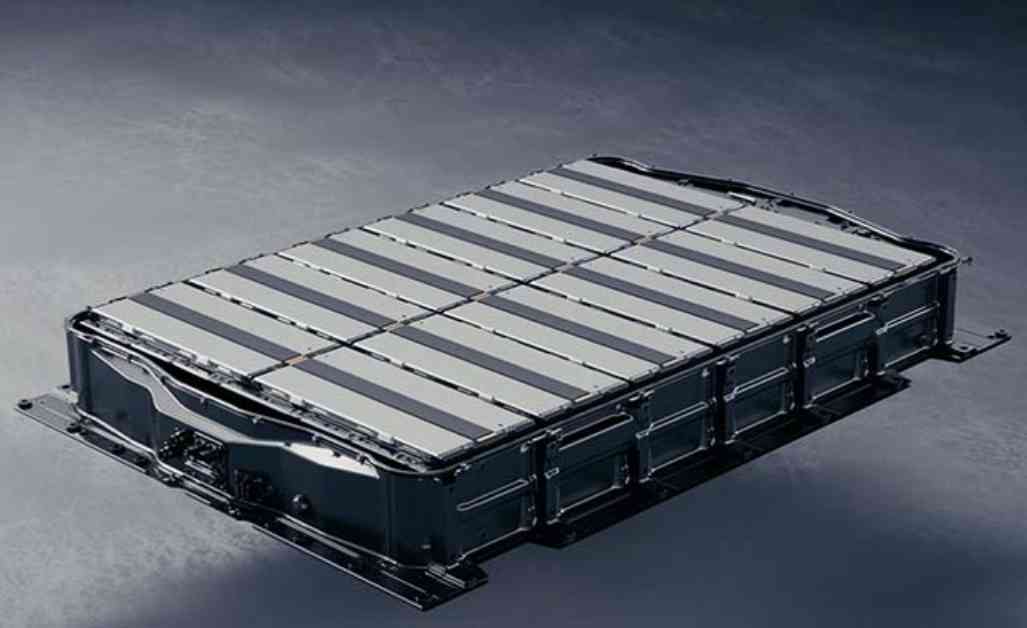GM Defense, a subsidiary of General Motors, is working on a project called Evaluation of Electric Vehicle Batteries to Enable Directed Energy (EEVBEDE) in collaboration with the University of Texas at Arlington (UTA) Pulsed Power and Energy Laboratory (PPEL) and Naval Surface Warfare Center Philadelphia Division (NSWCPD). This project is funded by the Operational Energy Innovation office of the U.S. Department of Defense (DoD) through its Operational Energy Capability Improvement Fund (OECIF).
The main goal of the project is to evaluate the capabilities of commercial automotive batteries under dynamic discharge and charge scenarios. By using GM’s Ultium Platform propulsion architecture for testing, the team aims to understand how these batteries perform under high-power operations, which are different from typical applications. The Ultium Platform is known for its power, range, and scalability, making it adaptable to changing needs and new technology insertions.
GM Defense believes that leveraging GM’s battery technologies can help address the energy and energy storage challenges faced by the DoD. By investing in transformative battery technologies, GM aims to enhance operational capabilities for the military, both in tactical situations and on installations worldwide. This collaboration between GM Defense, UTA, and the DoD is crucial for developing and understanding the potential of new technology.
Steve duMont, president of GM Defense, highlights the significant potential of these battery technologies in enhancing operational capability for defense and government customers globally. The partnership between PPEL, GM Defense, and the DoD will not only improve military capabilities but also contribute to workforce development efforts in producing next-generation engineers to solve complex national problems.
This collaboration is a testament to the commitment of UTA, a Carnegie R-1 university, to work with industry partners to advance technology and develop a deeper understanding of its potential. By testing the Ultium Platform for future warfighting applications, PPEL aims to provide valuable insights and recommendations for its use in military platforms. The support from OECIF is crucial for the development of new power and energy technologies that offer advanced capabilities to the DoD and help overcome energy limitations.
In conclusion, the partnership between GM Defense, UTA, and the DoD in the EEVBEDE project holds great promise for enhancing military capabilities through cutting-edge battery technologies. This collaboration not only benefits the defense sector but also contributes to workforce development and technological advancement for the nation.










